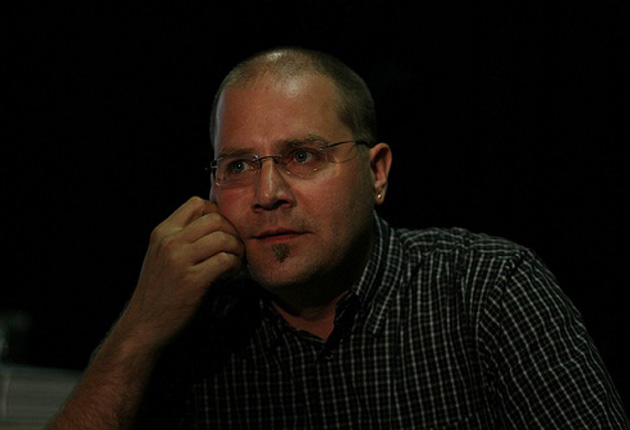Companies are happy in here
Stuba Nikula
We have a balance value of 20 million. That is how much the buildings we own are valued currently. Every year the running costs for the building is roughly 4 million euros, which does not mean that we make one million in profit. It means that we invest one million in the renovations of the building but at the same time we depreciate the balance value by one million. The end result is that our cash flow is steady we make zero profit and the balance value of the company remains the same although we invest a million in the renovations. This one million euros is actually coming from tenants usually companies that pay the rents that are higher than just the maintenance rent. We have in The Cable Factory for instance 3 radio stations and 2 TV stations. We have architecture studios, small ad agencies and those are commercial operators. When they are here we charge them with the rent rate of the area which means maybe 40% more than the maintenance rent of these artistic tenants. The excess of rents of these tenants creates the one million that we need for the renovations.
In the beginning the idea was that these are businesses related to art and culture and currently they the creative industry companies that can afford to pay that. Of course being somewhat open with the different rent tariffs creates sometimes problems but also creates good examples of commercial companies that are very happy if they can afford it. They are very happy to pay the higher rents because they are not higher than the rent rates of the area. They still know that the rents are used for something good. So in a way it is a symbiotic situation of the artists and artist organizations creating an atmosphere that the companies want to enjoy. So it is fair that the companies then bring in the money that the artists can enjoy.
One good example of these commercial tenants of the building is the director of the media company upstairs running the TV and radio stations. I was talking with her about their needs of spaces. Actually they needed more spaces and we managed to get them. Now they have more than 1 200 m² here. And I was talking with her about how does it feel that she knows that they pay more than let’s say visual artists and dance groups in the main building. I was kind of surprised with her answer because she was very happy with that. She was like, of course we know that we pay more than the others here but we still know that we are only paying the same rent that we would be paying in the building next to us. And in this case we know that the money does not go to an offshore company in Bahamas, buying new Mercedes for American stockholders. They can see every day where is their rent used. They see the faces of the artists and the end results of the other tenants. She said that it is almost like buying fair trade bananas.
Related fights
- Economic self-sufficiency vs public interest
- Sources of funding
- Courage is more important than money
- Umbrella model
- We want to stay as free as possible
- Creativity Zentrum - non-profit private association
- Sources of income of A38
- Source of income in Media Evolution City
- Funding Framework of MitOst
- Companies are happy in here
- Questions that will lead you to money
- We are only 7% dependent on grant money
- We rely on our commercial activities
- Umbrella model of the ufaFabrik
- Sources of income of Meet Factory
- Sources of income of Linnalabor
- Aparaaditehas want to be a host
- Business model of Aparaaditehas
- Sources of income of Halle14
- Economy of Arts Printing House
- Sources of income of Uzupis Art Incubator
